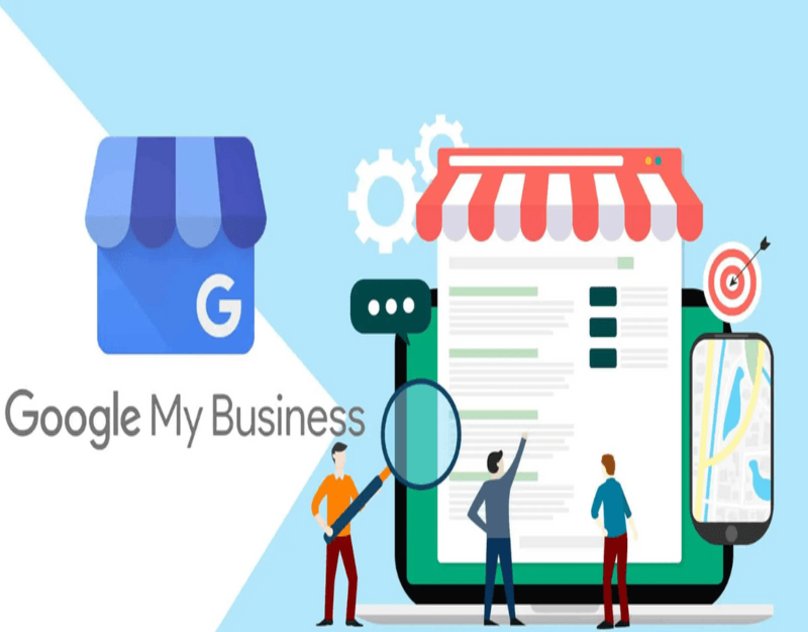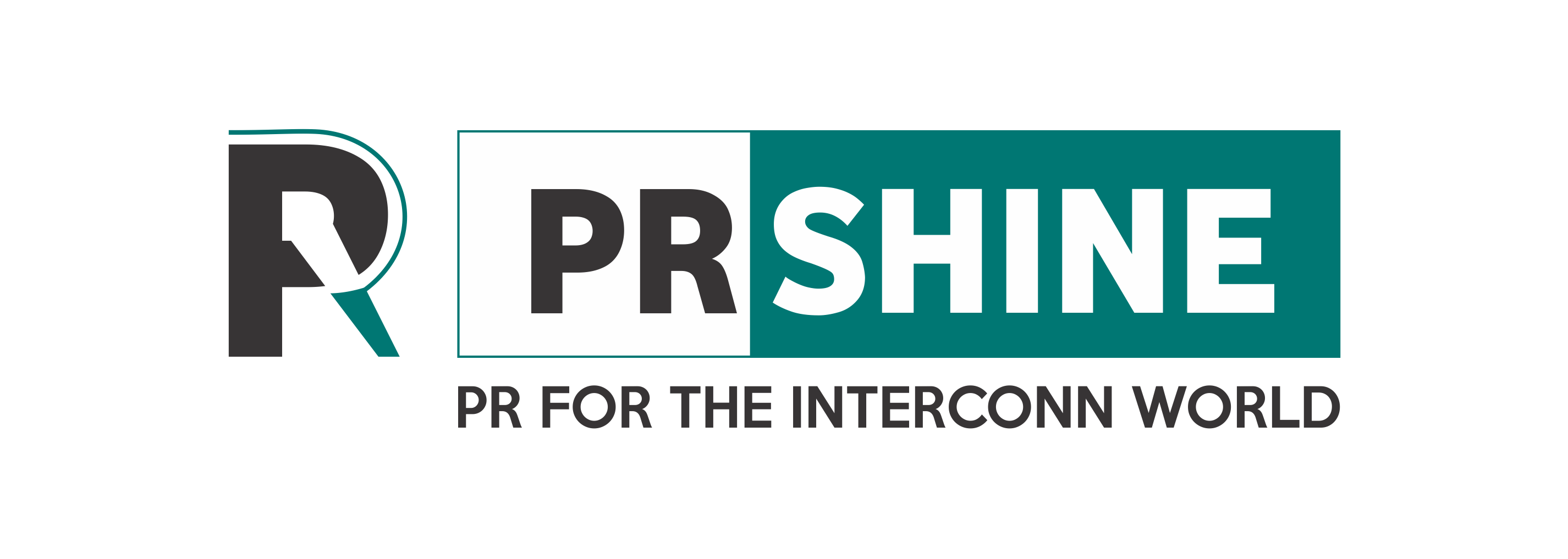13 New Google Business Profile Optimization Tips to Rank Higher

Google Business Profile (GBP), formerly known as Google My Business, is an essential tool for local businesses looking to enhance their online presence. Properly optimizing your GBP can significantly improve your local search rankings, drive more traffic to your website, and increase foot traffic to your physical location. Here are 13 new optimization tips to help your business rank higher on Google.
1. Claim and Verify Your Google Business Profile
The first step in Google My Business Optimization Services for Profile is to claim and verify your listing. Without verification, you won’t have control over the information displayed about your business, and your chances of ranking higher in local searches will be significantly reduced.
Verification Process
- Request a Verification Code: Google will send a verification code to your business address via postcard.
- Enter the Code: Log into your GBP account and enter the code to verify your business.
Verifying your profile ensures that your business is legitimate and gives you access to all the features needed for optimization.
2. Complete All Business Information
Ensuring that all business information is complete and accurate is critical for local SEO. Google prioritizes profiles that provide comprehensive information.
Essential Information
- Business Name: Use your official business name.
- Address: Provide a precise and consistent address.
- Phone Number: Use a local phone number.
- Website: Link to your official website.
- Business Hours: Keep your hours up-to-date.
Additional Details
- Attributes: Include relevant attributes like “Women-owned” or “Wheelchair accessible.”
- Special Hours: Update special hours for holidays or events.
Completeness not only improves your chances of ranking higher but also enhances user trust and engagement.
3. Optimize Your Business Description
Your business description is an opportunity to tell potential customers about what you do and why they should choose you. Make it informative, engaging, and keyword-rich.
Best Practices
- Character Limit: Use up to 750 characters, with important information in the first 250 characters.
- Include Keywords: Naturally incorporate relevant keywords.
- Highlight Unique Selling Points (USPs): Focus on what sets your business apart.
- Avoid Promotional Content: Stick to factual information about your business.
A well-crafted description can attract the right audience and improve your visibility in local searches.
4. Select the Right Categories
Choosing the most appropriate categories for your business helps Google understand what your business is about and match it with relevant searches.
Primary and Secondary Categories
- Primary Category: Be specific and choose the category that best describes your main business activity.
- Secondary Categories: Add additional categories that capture other aspects of your business.
Tips
- Research Competitors: See which categories similar businesses are using.
- Be Specific: More specific categories can reduce competition.
Correct categorization increases your chances of appearing in relevant local searches.
5. Use High-Quality Photos and Videos
Visual content is a powerful tool for attracting and engaging customers. Google profiles with high-quality images and videos tend to receive more clicks and visits.
Types of Photos
- Profile Photo: A recognizable photo representing your business.
- Cover Photo: A high-quality image showcasing your business.
- Interior and Exterior Photos: Show the inside and outside of your business.
- Product Photos: Highlight your products or services.
Video Content
- Short and Engaging: Keep videos under 30 seconds, focusing on key aspects of your business.
- High-Quality: Ensure videos are clear and professionally done.
Regularly updating your visual content keeps your profile fresh and appealing.
6. Post Regular Updates
Google Posts allows you to share updates, offers, events, and more directly on your Google Business Profile. These posts can enhance engagement and provide valuable information to potential customers.
Types of Posts
- What's New: General updates about your business.
- Events: Promote upcoming events.
- Offers: Share special promotions or discounts.
- Products: Highlight new or popular products.
Best Practices
- Keep It Short: Use concise, engaging language.
- Include a Call to Action (CTA): Encourage users to take a specific action, like “Learn More” or “Call Now.”
- Use Images: Posts with images tend to perform better.
Regular posts keep your audience informed and can improve your local search rankings.
7. Gather and Respond to Reviews
Customer reviews are a critical component of local SEO. Positive reviews can enhance your reputation and influence potential customers’ decisions.
Encouraging Reviews
- Ask Satisfied Customers: Request reviews from happy customers.
- Provide Easy Access: Share a direct link to your Google Business Profile review page.
Responding to Reviews
- Be Prompt: Respond to reviews quickly.
- Be Professional: Keep responses polite and professional, even to negative reviews.
- Thank Reviewers: Show appreciation for positive feedback.
- Address Issues: For negative reviews, acknowledge the issue and offer to resolve it.
Active management of reviews demonstrates your commitment to customer satisfaction and can boost your rankings.
8. Utilize the Q&A Feature
The Q&A section allows potential customers to ask questions about your business directly on your Google Business Profile. Proactively managing this feature can provide valuable information and improve user experience.
Tips for Q&A
- Monitor Regularly: Check for new questions and answer them promptly.
- Pre-empt Common Questions: Post and answer common questions proactively.
- Encourage Customers to Participate: Ask satisfied customers to answer questions if they are knowledgeable.
Providing accurate and helpful answers can enhance your profile’s credibility and usefulness.
9. Add Products and Services
Detailing your products and services on your Google Business Profile helps potential customers understand what you offer and improves your chances of appearing in relevant searches.
Adding Products
- Detailed Descriptions: Provide comprehensive descriptions for each product.
- Include Prices: List prices where applicable.
- Use High-Quality Images: Visuals help attract attention and provide clarity.
Adding Services
- Service Categories: Group services into relevant categories.
- Detailed Descriptions: Explain what each service entails and its benefits.
- Use Keywords: Incorporate relevant keywords naturally.
Keeping this section updated ensures customers have access to the most accurate information.
10. Leverage Google Posts
Google Posts allows businesses to share timely updates, offers, and events. Utilizing this feature can increase engagement and drive more traffic to your profile.
Types of Google Posts
- What's New: General updates about your business.
- Events: Promote upcoming events.
- Offers: Share discounts and promotions.
- Products: Highlight new or featured products.
Best Practices
- Use Visuals: Posts with images or videos attract more attention.
- Include a Call to Action (CTA): Encourage users to take a specific action, such as visiting your website or making a purchase.
- Keep It Concise: Use clear and concise language.
Regularly posting updates keeps your profile active and engaging.
11. Implement Booking Features
If your business offers appointments or reservations, integrating booking features can streamline the process for customers and improve your local SEO.
Booking Integration
- Use Google’s Booking Partners: Integrate with Google’s approved booking partners to enable direct bookings from your profile.
- Promote the Feature: Highlight the booking option in your profile and posts.
Benefits
- Convenience: Makes it easy for customers to book services directly.
- Improved User Experience: Streamlines the booking process, leading to higher satisfaction.
Enabling booking features can increase conversions and improve your profile’s performance.
12. Monitor and Analyze Insights
Google provides valuable insights into how users interact with your profile. Regularly monitoring these insights can help you understand what’s working and where improvements are needed.
Key Metrics
- Search Queries: See which queries lead users to your profile.
- Views: Track the number of views your profile receives.
- Actions: Monitor actions taken on your profile, such as website visits, direction requests, and calls.
- Audience: Understand demographic information about your audience.
Using Insights
- Identify Trends: Look for patterns in user behavior.
- Optimize Based on Data: Make data-driven decisions to improve your profile’s performance.
- Track Progress: Monitor changes over time to see the impact of your optimization efforts.
Regular analysis helps you stay informed and make necessary adjustments to your strategy.
13. Stay Updated with Google Features and Guidelines
Google frequently updates its features and guidelines. Staying informed about these changes is crucial to maintaining and improving your profile’s performance.
How to Stay Updated
- Google My Business Blog: Follow the official blog for updates and tips.
- SEO News Sites: Subscribe to reputable SEO news sites for the latest information.
- Industry Forums: Participate in forums and communities to share knowledge and stay informed.
Benefits
- Compliance: Ensure your profile complies with the latest guidelines.
- Leverage New Features: Take advantage of new features as they become available.
- Stay Competitive: Stay ahead of competitors by implementing the latest best practices.
Keeping up with updates ensures your optimization efforts are effective and aligned with Google’s requirements.
Conclusion
Optimizing your Google Business Profile is essential for improving your local search rankings, attracting more customers, and growing your business. By following these 13 allows new tips, you can enhance your profile’s visibility, engagement, and overall performance. Remember, SEO is an ongoing process that requires regular attention and updates. Stay proactive, monitor your progress, and adapt to changes to achieve long-term success in local search optimization.












